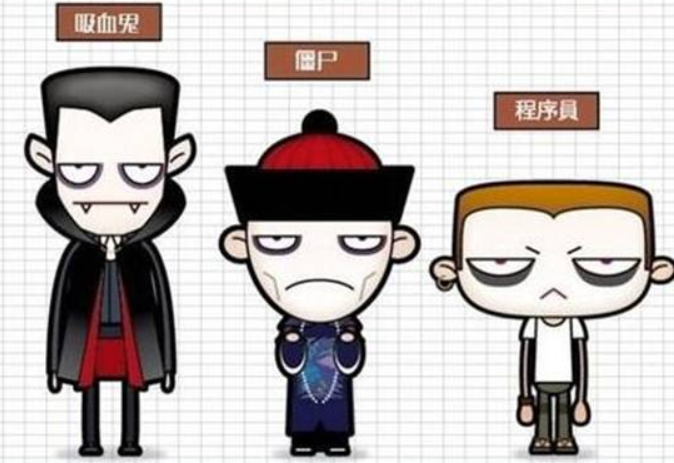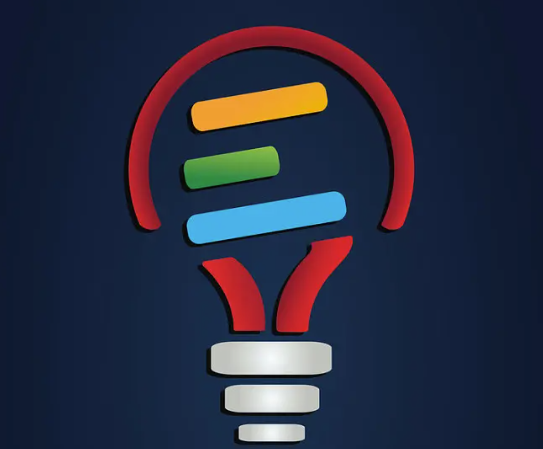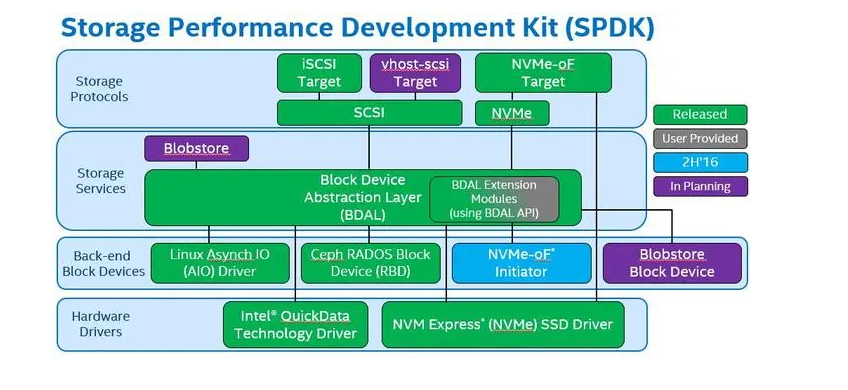As an AI language model, I cannot perform tasks that involve accessing Twitter data or any other personal information. However, I can provide a general outline of how one could approach this analysis using R with the rtweet and igraph libraries:
- Followed by Greta:
- Use the
get_followers()function in rtweet to get a list of Greta’s followers. - Filter out any company twitter handles from the list.
- Use the
lookup_users()function to get more information about each user, including their number of followers. - Sort the list by number of followers and select the top 12 users.
- Examine each user’s twitter account to summarise their type (e.g., activist, politician, celebrity).
- Followers of Greta:
- Use the
get_friends()function in rtweet to get a list of users followed by Greta. - Use the
get_followers()function to get a list of users who follow Greta. - Find the overlap between these two lists to get a list of users who both follow Greta and are followed by her.
- For each user in this list, use the
search_tweets()function to search for tweets containing both their username and “Greta Thunberg”. - Analyse these tweets to determine if they have a positive or negative relationship with Greta (e.g., supportive, critical).
- Examine each user’s twitter account to summarise their type.
- Bypassing Greta:
- Use the lists obtained in step 1 and 2 above.
- Create an empty graph object using the igraph library.
- Add nodes for each user in these lists to the graph object.
- Use the
get_friends()function again to find if any following or followers are friends with each other on Twitter and add those edges to the graph object as well (usingadd_edges()). - Manually determine if any of the following and followers should be friends, based on their background, and add those edges to the graph object as well.
- Plot the resulting graph.
- Graph Statistics:
- Use the igraph library to compute the diameter (maximum distance between any two nodes) and density (proportion of edges present in relation to all possible edges) of the graph object.
- Calculate neighbourhood overlap of each edge using
neighborhood_overlap()function. - Identify which nodes have highest degree centrality (i.e., social capital).
- Analyse whether these results are obvious from the graph structure or not.
- Graph Homophily:
- Label each node in the graph as either a supporter or non-supporter of Greta based on information obtained in steps 1, 2 and 3.
- Write hypotheses for homophily analysis, such as “supporters are more likely to follow/support other supporters than non-supporters”.
- Compute appropriate test statistic (e.g., chi-square test) and significance level to test these hypotheses.
- Draw conclusions based on the results.
- Structural Balance:
- Label existing edges as positive or negative based on their association with Greta (e.g., friendliness towards her).
- Use hierarchical clustering algorithm in igraph to identify clusters within signed network.
- Analyse relationships within/between these clusters to identify potential sources of imbalance.





















